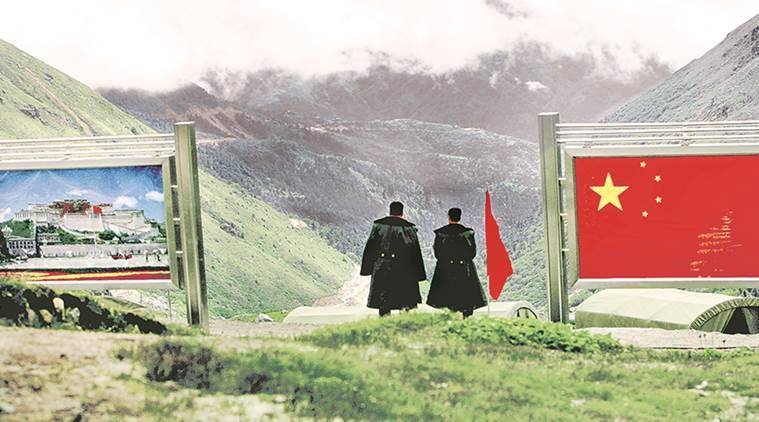NEW DELHI : Along with focusing on acquiring cutting edge technology for its defence equipment and armaments, India is going for a major push for development of infrastructure along the border with China.
The recent incidents at Doklam, Pengong and Uttarakhand’s Barahoti have acted as a catalyst for increasing connectivity of forward posts with the base.
The idea for setting up border roads was to ensure speedy movement of the armed forces at the time of needs. India and China are sharing 2388-km long border in three parts, eastern sector, central sector and western sector.
Among these three, central sector is less developed and have small undisputed section with Chinese. In an effort to meet any eventualities in the future, the Defence Ministry has decided to construct roads in this sector.
And, the issue of setting up of borders road connectivity was also raised in the Army Commanders Conference which is underway here in Delhi.
Listing out the Army’s priority lists, Army’s Director General of Staff Duties (DGSD) Lt Gen Vijay Singh has said, “It has been decided that there would be a concerted efforts towards road construction activities in this sector.
To that end four passes to Niti, Lipulekh, Thangla-1 and Tsangchokla have been decided to be connected by 2020 on priority.”
The debate gained momentum after both the troops went in standoff mode on June 16 that ended after 73 days on August 28, 2017.
Indian Army stopped the Chinese troops with construction vehicles and road-building equipment, began extending an existing road southward in Doklam, a territory which is claimed by both China as well as India’s ally Bhutan.
China accused India of illegal intrusion into its territory across mutually agreed China-India boundary and violation of its territorial sovereignty and UN Charter while India accused China of changing status quo in violation of a 2012 understanding between the two governments regarding the tri-juction boundary points and causing security concerns, widely understood as at its strategic Siliguri Corridor. Keeping everything in mind, India is also making sure the “capability development” of its forces for dealing with any conflict in future.
“A road map for intra-sector connectivity within the central sector and the inter-sector connectivity with neighbouring areas was also discussed during the conference,” Lt Gen Singh added.
The central sector extends from from Dem-chok in Ladakh and ends at India’s border with Nepal while the western sector is from the northwest of Karakoram pass to Demchok and the eastern sector begins from Sikkim and ends at the border with Myanmar. (AGENCIES)
Trending Now
E-Paper


